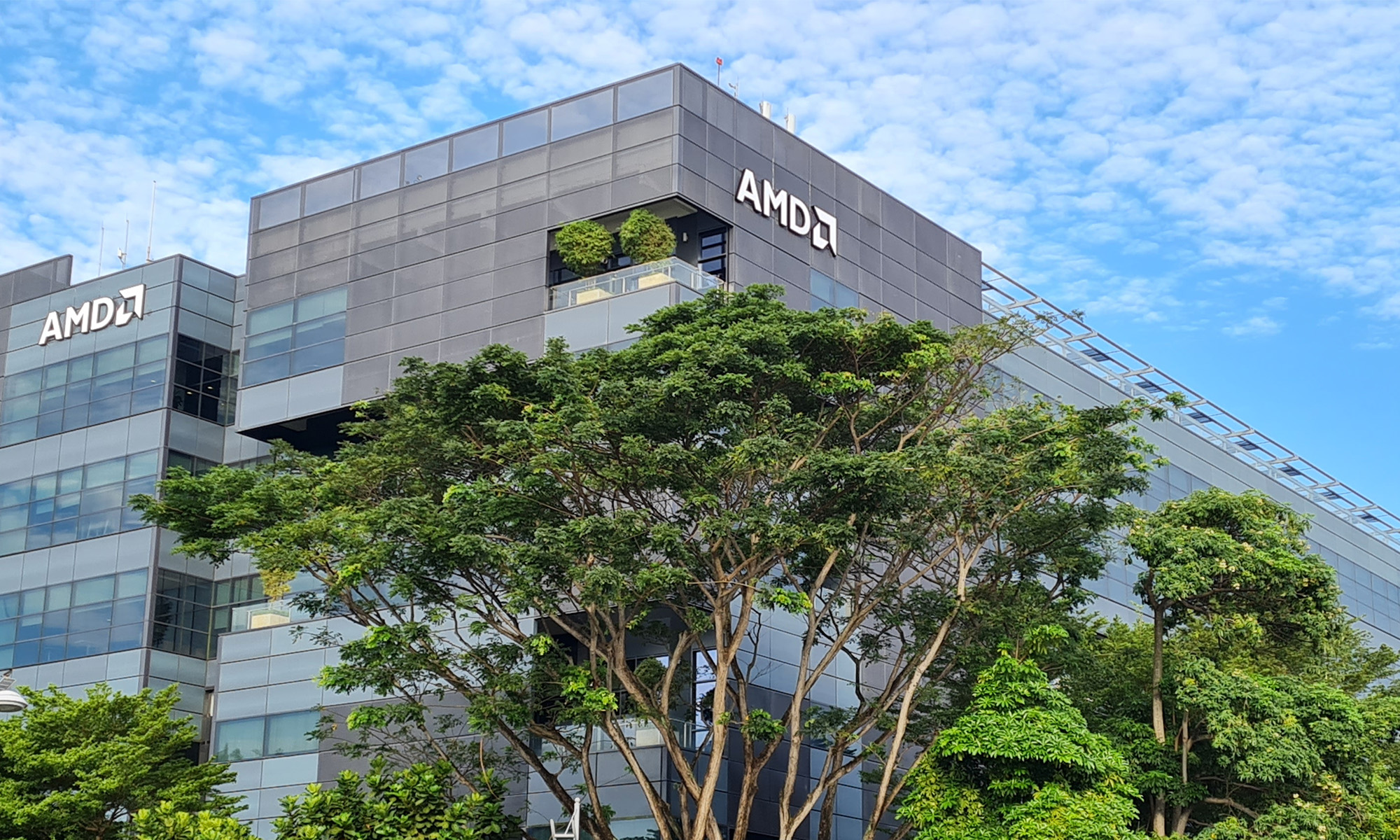On the heels of some significant (although potentially temporary) reversals on tariff and trade policy and strong corporate earnings from influential industry leaders, the S&P 500 index has seen a solid recovery over the past six weeks. As of this writing, the benchmark index is now basically flat across 2025's trading. That's an impressive feat given some dramatic sell-offs that roiled the market earlier in the year and almost pushed it into bear market territory.
But while some stocks have seen huge valuation rebounds and gone on to trade at new highs or reach pricing in the neighborhood of previous peaks, there are still several promising stocks trading at substantial discounts. If you're on the hunt for stocks that look like great long-term investments, read on to see why two Motley Fool contributors think these discounted stocks have what it takes to deliver big wins for your portfolio.

Image source: Getty Images.
A second-place position in this AI market could still deliver first-rate returns
Keith Noonan: Excitement surrounding the artificial intelligence (AI) revolution helped push Advanced Micro Devices (AMD +0.10%) stock to a lifetime high in March 2024, but sales growth and margins for the company's AI processors since then wound up disappointing many investors. As a result, the semiconductor specialist's share price is down 46% from its all-time high. But I think AMD will still be able to score wins in AI and reward patient shareholders.
To be clear, Nvidia retains a significant lead in most aspects of high-end AI processing hardware. The company's CUDA software platform is also the industry standard for getting the most out of processors when developing the foundations for AI models and applications. As a result, there's a good chance that AMD will have a hard time catching up to Nvidia at the high end of the market any time soon. On the other hand, AMD doesn't necessarily need to unseat Nvidia at the bleeding edge of AI processors in order to deliver strong returns for investors.

NASDAQ: AMD
Key Data Points
With its Q1 earnings report, AMD posted a gross margin of 50% -- up from the 47% margin it recorded in last year's quarter. Increasing sales contributions from processors for data centers helped power the margin improvement. For comparison, Nvidia reported a gross margin of 78.4% in its first quarter. There's little chance of AMD recording a gross margin that high within the foreseeable future, but investors shouldn't be overly fixated on that comparative shortcoming.
The AI processor market will likely continue to grow at a rapid pace, and it should be able to support more than one winner. As AI models and applications become more efficient and refined, the processing power needed to train and run a wide range of artificial intelligence systems should diminish. There will likely still be huge rewards for winners at the forefront of the technology, but the broader AI software category will expand and create a bigger market for midrange processing that offers cost-effective results. Even if AMD continues to be second-fiddle in the AI processor market, this creates a path for its stock to deliver market-crushing returns for shareholders.
This technology stock is a great buy on a dip
Lee Samaha: Industrial software company PTC's (PTC +0.26%) stock price is down 8% in 2025 and 16% from its all-time high. The decline is due to deteriorating near-term market conditions, but that shouldn't detract from the fundamental attractiveness of its solutions or its long-term ability to grow its annual run rate (ARR) of active subscriptions and contracts and its free cash flow (FCF).

NASDAQ: PTC
Key Data Points
The company's computer-aided design (CAD) and product lifecycle management (PLM) software lie at the heart of the digitization of manufacturing, and their value will only improve due to developments in AI, advanced analytics, and increased adoption of digital twins. Simply put, there's a revolution taking place in manufacturing whereby the physical world is being enhanced by actionable insights garnered through interaction with the digital world.
Customers will still delay spending or take a more conservative approach to deploying investment in uncertain times. Unfortunately, the uncertainty in the economy due to the tariff conflict is causing PTC's customers to lengthen sales cycles and downsize deals.
As such, PTC's management lowered its constant currency ARR growth guidance for 2025 from 9% to 10% to a new range of 7% to 9%. Frankly, this sort of thing is never good news. Still, on a more positive note, management raised its full-year FCF guidance to a range of $840 million to $850 million from a previous range of $835 million to $850 million due to excellent performance in the first half.
Moreover, its FCF in 2025 is being negatively impacted by $19 million due to costs associated with the realignment of its sales and marketing operations (sales are being realigned around five key industry verticals). Adding the $19 million back to the midpoint of the FCF range gives an underlying FCF of $864 million, which would put PTC at 22 times FCF in 2025. That's an extremely attractive multiple for a company growing ARR at a high-single-digit rate and FCF at a mid-teens rate.
Moreover, it will look even better if there's a de-escalation in the trade conflict.





